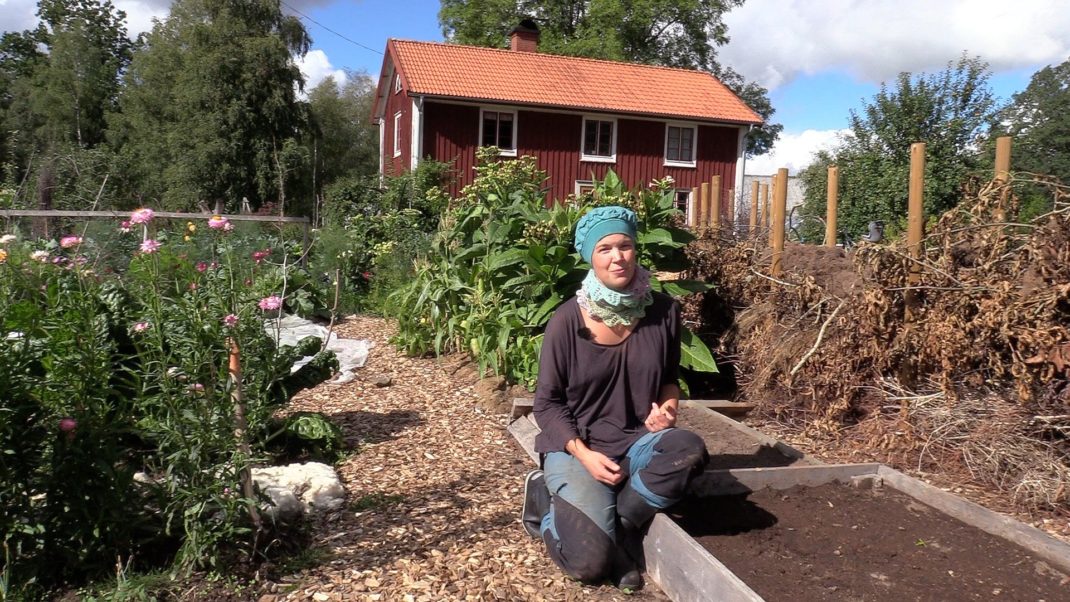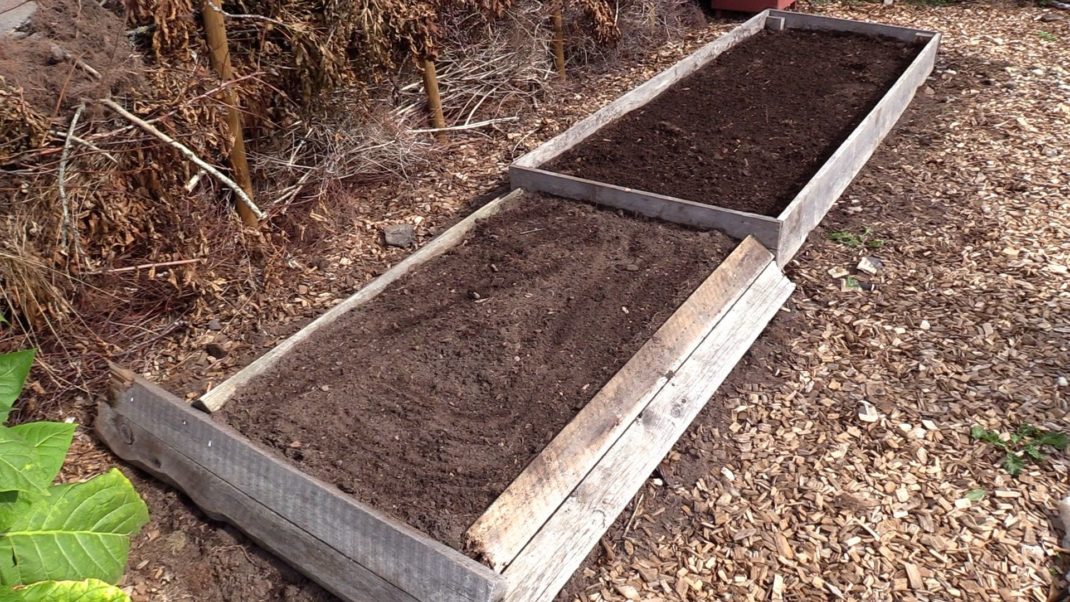Growing all year round: My guide to summer sowings
Summer is coming to an end up here in the north, but I still wanted to make a few more summer sowings that I can harvest later in fall.

My deep bed is usually 33 feet (around 10 meters) long, but I decided to split it by making a little path in the middle. The bed is located in a sheltered area behind my stone wall and fence.
Some of the projects in my kitchen garden have been going so poorly that I won't get even nearly as many vegetables as I had hoped. The carrots are few and small. The cabbage got infested by pests, my yellow onion failed completely and my leek was attacked by leek moths. My beans went nowhere, but it honestly doesn't matter that much to me. I have around four large bags filled with dried beans from last year's harvest. That will last us a while.
Now that I sow new seeds for fall, a lot of it will compensate for the failed summer projects. But the vegetables I got, I really want to store until winter. So, my plan now is to enjoy plenty of fall vegetables that I can't store. And I'm going to sow them now. The work in my garden sometimes feels like a jigsaw puzzle that I make differently every year and season.
What I sow
I start by emptying the beds, I finish up the harvesting and remove old plant parts. After that, I put the plant parts on my surrounding beds and use them as mulch. I prepare the beds once again and sow new seeds.
Read more about mulch: Mulching my polytunnels
I sow plenty of spinach in my beds outside. Spinach is handy since I can freeze it if I want, so it doesn't matter if I grow a little bit too much. We eat more than 2 pounds (around 1 kg) of spinach every week. We can't seem to get enough!
The other beds are filled with a mix of different vegetables. I think it's a good idea to spread out the sowings, over several weeks in different areas. This will help me spread out the risk a bit.
I sow summer carrots, dill, bok choy (pak choi), tatsoi, spinach, arugula and radish in August.
More about sowing new seeds: Tomatoes from sowing to harvest
Where I grow
I do my summer sowings in raised beds outside (preferably with a row cover on top to protect against drought and cold), pallet collar beds and other cultivation boxes.
A few projects are growing in my plug trays and troughs too, I plan on letting them grow larger and then plant them outside whenever I get an empty spot in my beds. If I sow on a hot summer day, I will leave the sowing under a tree in the shade, protected with a row cover to avoid pests. It's been a bit cooler these past few days though, so I will get them to the polytunnel instead. The heat will get the plants going and I want them to grow quickly so that I get my food as soon as possible. I will plant the plug tray sowings in my polytunnels and the beds outside.
Crop rotation is important, especially for my cabbages. The summer sowings will keep growing in the cabbage section outside, it's easier for me to keep track of them this way. I'm trying my best to remember where I have and haven't grown cabbage these past few years, and put new plants in the areas where it was a while ago.
My pots are another important growing space in the garden. When some of my bell peppers, eggplants and tomatoes are done for the season in late summer, I cut them down and put bokashi and plant parts on top of the bed. After that, I sow new fast-growing leafy greens or use some of the plants from my plug tray.

This is what the bed looked like after I got it ready. It even rained a little before I sowed, which added a little moist to the soil. Perfect!
Three tips for summer sowings:
- Sow many seeds in tight rows, the plants won't grow too large or unmanageable in summer
- Do your summer sowings in several different spots, so you always have something to fall back on if something were to go wrong with a particular project
- Use a row cover to protect your plants and get them to grow faster
One of the most important things I have learned these past few years is that growing a lot always pays off. It might seem strange to sow four bags of spinach seeds in three weeks, but it's always worth it. The vegetables don't grow in late fall and when I harvest a spot, I'm left with an empty space. So, if I want to harvest more, then I need more growing spaces. The larger the family, the more food we need. Which in turn, of course, means that we need more beds too.
/Sara Bäckmo



Leave a Reply
You must be logged in to post a comment.